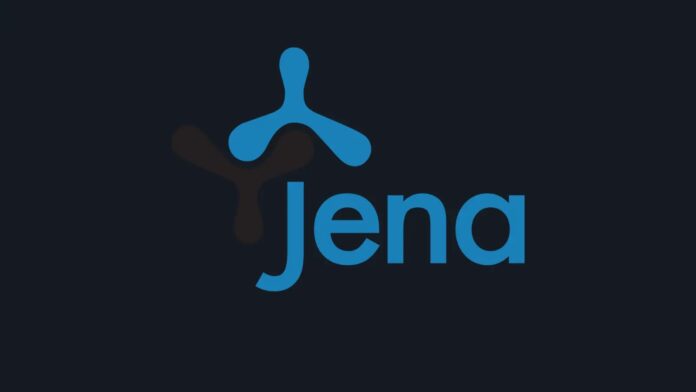Apache Jena has disclosed two significant security vulnerabilities affecting versions through 5.4.0, prompting an immediate upgrade recommendation to version 5.5.0.
Both CVE-2025-49656 and CVE-2025-50151, announced on July 21, 2025, represent important severity flaws that exploit administrative access to compromise server file system integrity.
Key Takeaways
1. Apache Jena through v5.4.0 has two vulnerabilities (CVE-2025-49656, CVE-2025-50151).
2. Exploit poor path validation in Fuseki admin interface, enabling file system bypass attacks.
3. Upgrade to v5.5.0 immediately to fix both issues.
These vulnerabilities highlight critical weaknesses in Fuseki server’s administrative interface, where insufficient input validation allows unauthorized file system operations beyond intended directory boundaries.
CVE-2025-49656: Directory Traversal
The first vulnerability, CVE-2025-49656, enables administrative users to create database files outside the designated server directory space through the Fuseki admin interface.
This directory traversal attack vector exploits inadequate path validation mechanisms in the administrative UI, allowing attackers with legitimate admin credentials to bypass file system restrictions.
The vulnerability stems from improper sanitization of file path parameters during database creation operations.
Technical analysis reveals that the flaw likely involves insufficient validation of user-supplied directory paths in the POST requests to the admin endpoint.
Attackers could potentially craft malicious path strings using sequences like ../ to traverse parent directories, effectively writing files to arbitrary locations on the server filesystem.
This represents a classic path traversal vulnerability that could lead to configuration file manipulation, log poisoning, or potential remote code execution depending on the target system’s configuration.
CVE-2025-50151: Configuration File Upload
The second vulnerability, CVE-2025-50151, affects the configuration file upload functionality within the administrative interface.
File access paths in uploaded configuration files lack proper validation, creating opportunities for arbitrary file access attacks.
This vulnerability allows administrators to upload configuration files containing malicious path references that bypass intended security boundaries.
The technical implementation weakness appears in the configuration parser’s handling of file path directives. When processing uploaded configuration files, the system fails to validate or sanitize file access paths, potentially allowing references to sensitive system files through relative path manipulation.
This could enable attackers to reference configuration files, system binaries, or sensitive data located outside the intended application directory structure.
The discovery credit goes to Noriaki Iwasaki from Cyber Defense Institute, Inc., emphasizing the importance of security research collaboration.
| CVE | Title | CVSS 3.1 Score | Severity |
| CVE-2025-49656 | Administrative users can create files outside the server directory space via the admin UI | 7.5 | Important |
| CVE-2025-50151 | Configuration files uploaded by administrative users are not checked properly | 8.8 | Important |
Mitigations
Organizations running Apache Jena deployments should immediately upgrade to version 5.5.0, which implements comprehensive fixes for both vulnerabilities.
The updated version introduces enhanced path validation mechanisms and restricts arbitrary configuration uploads to prevent exploitation.
Given that both vulnerabilities require administrative access, the immediate risk is limited to environments where admin credentials may be compromised or where insider threats exist.
System administrators should review access logs for unusual file creation patterns and verify that only trusted personnel have administrative access to Fuseki servers.
Additionally, implementing defense-in-depth strategies such as filesystem-level access controls can provide additional protection layers against similar vulnerabilities.
Boost detection, reduce alert fatigue, accelerate response; all with an interactive sandbox built for security teams -> Try ANY.RUN Now



